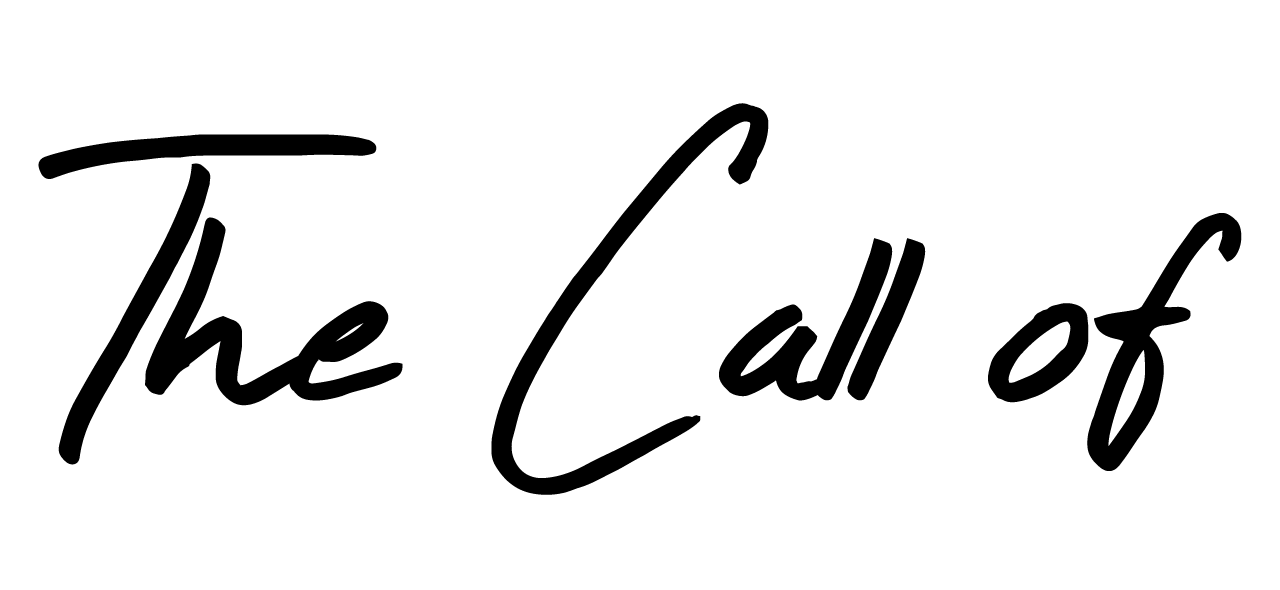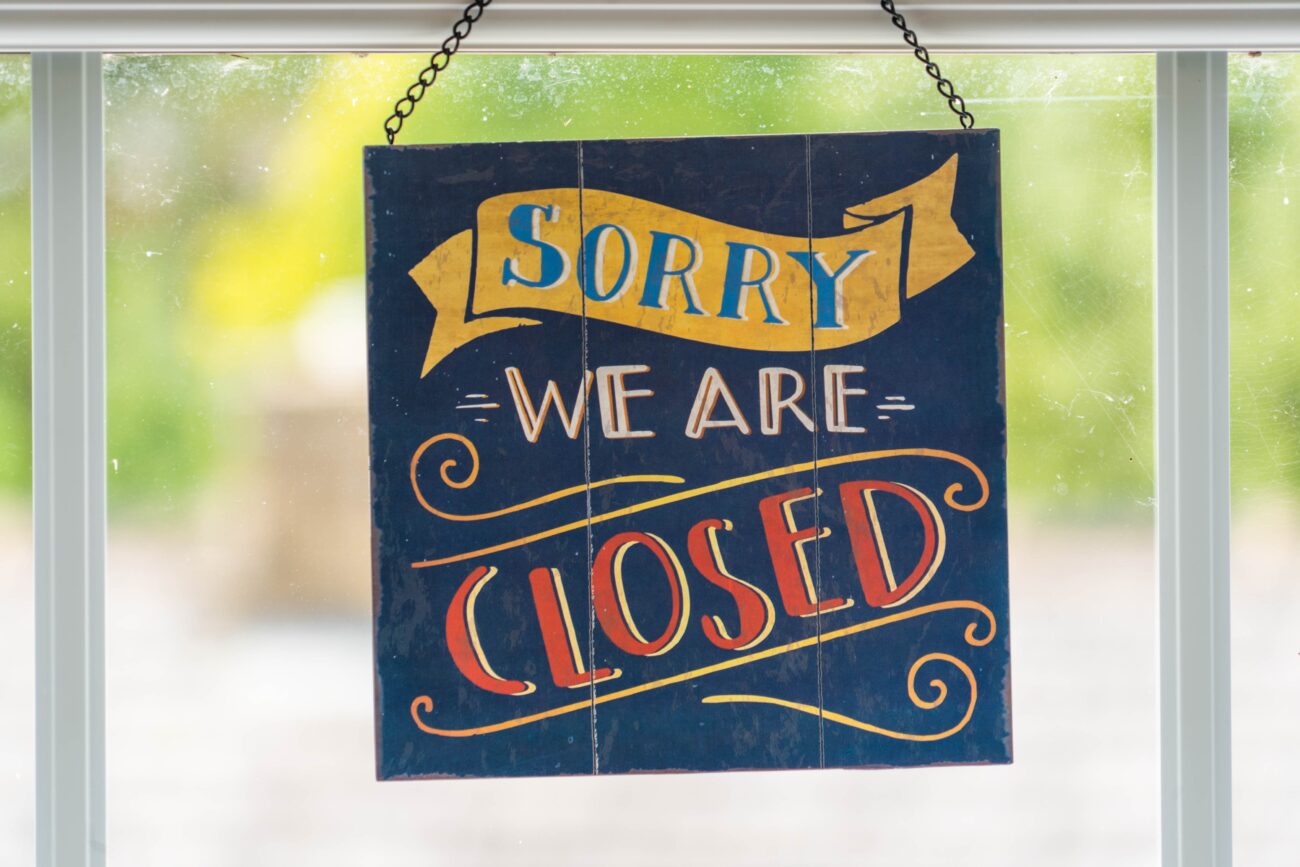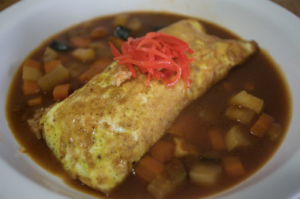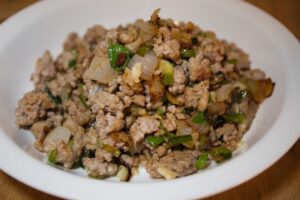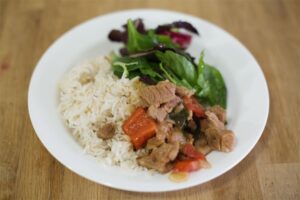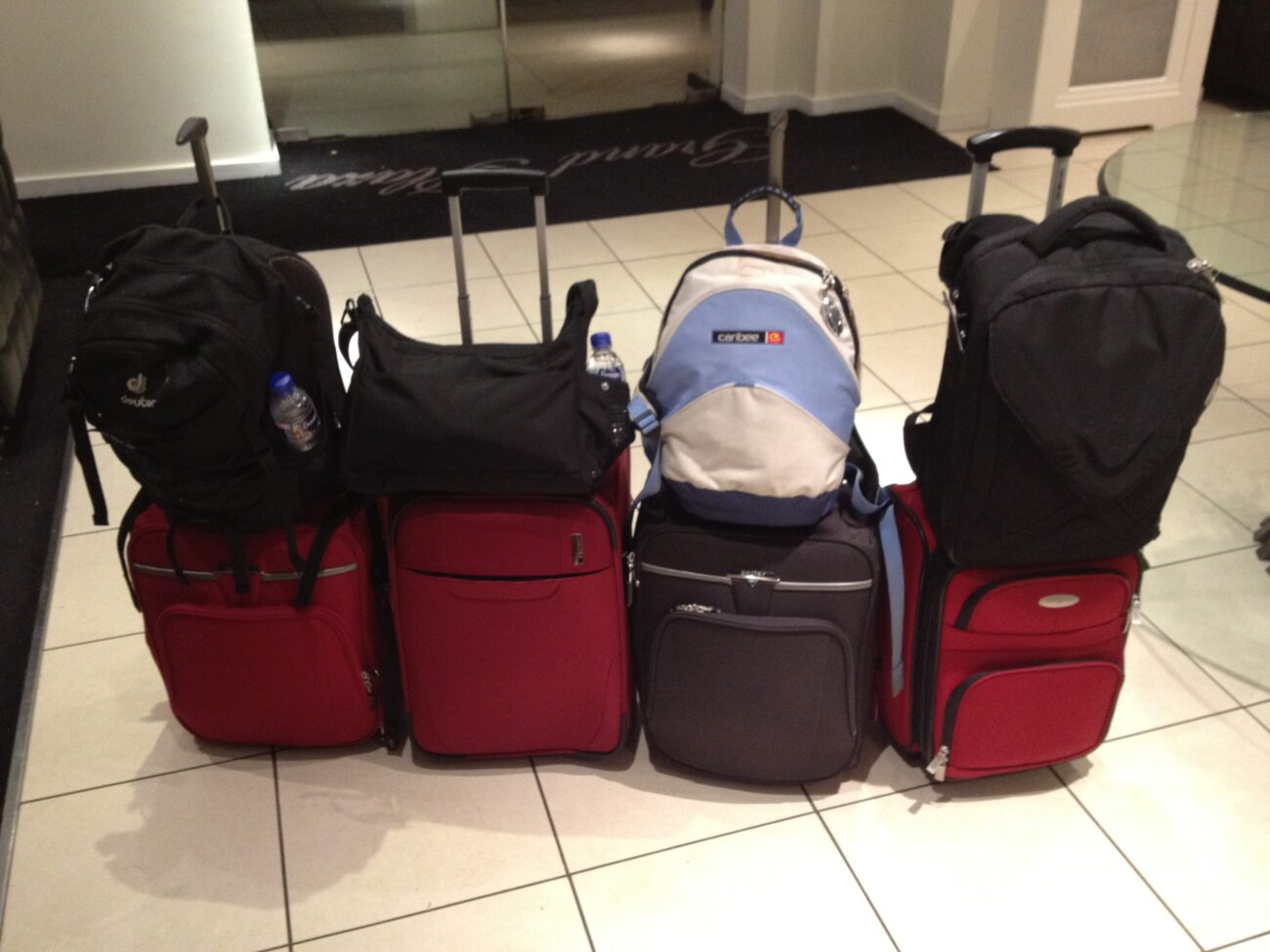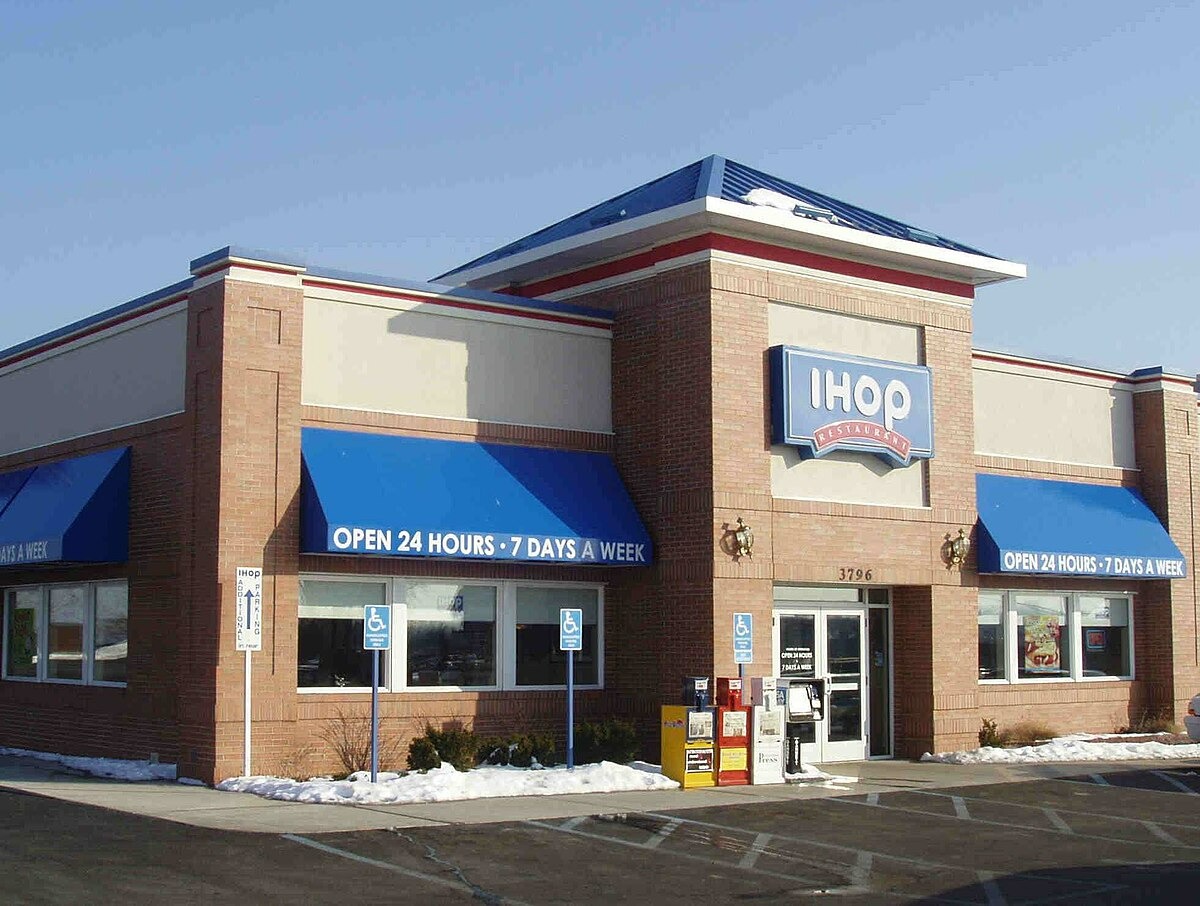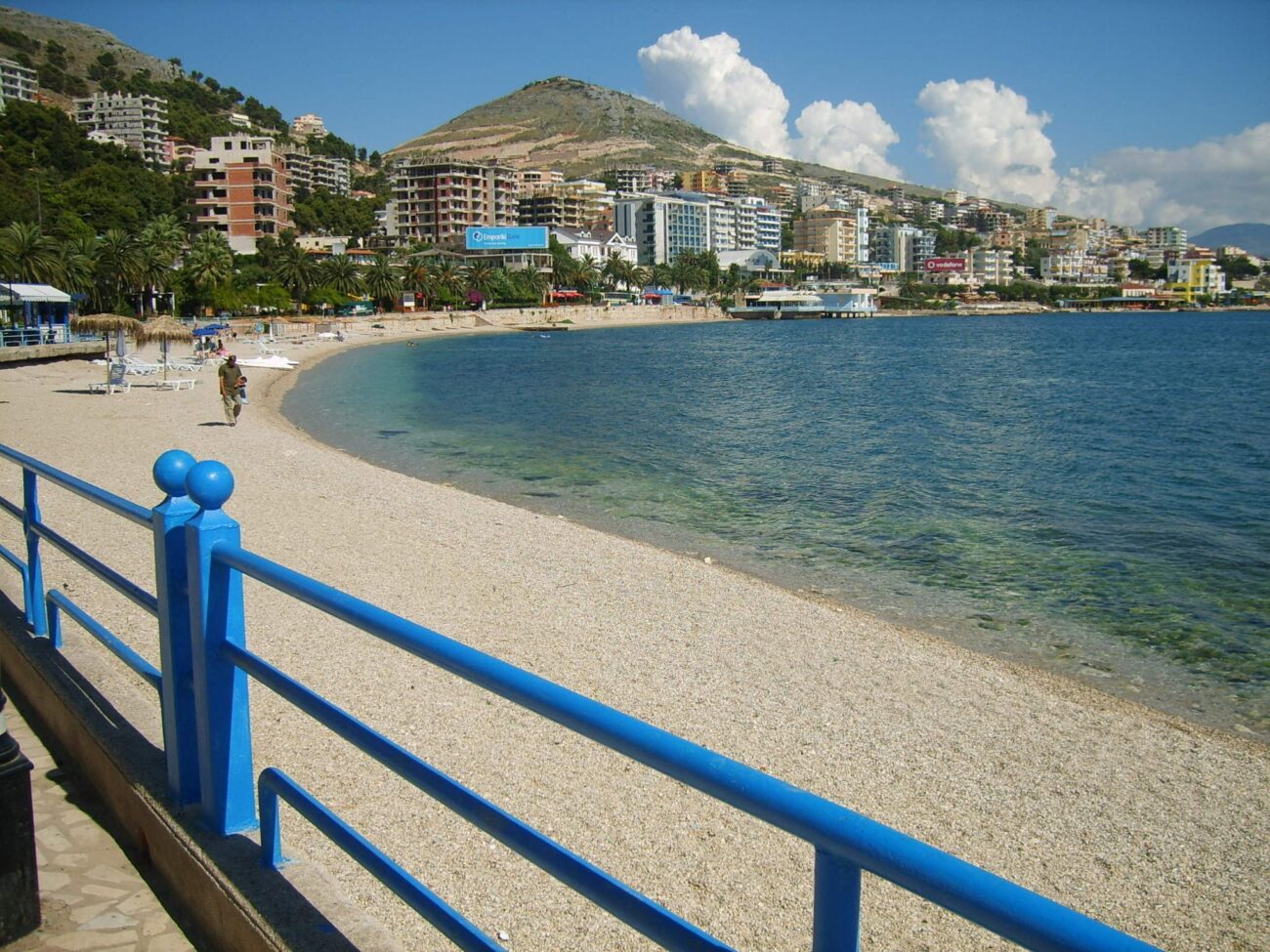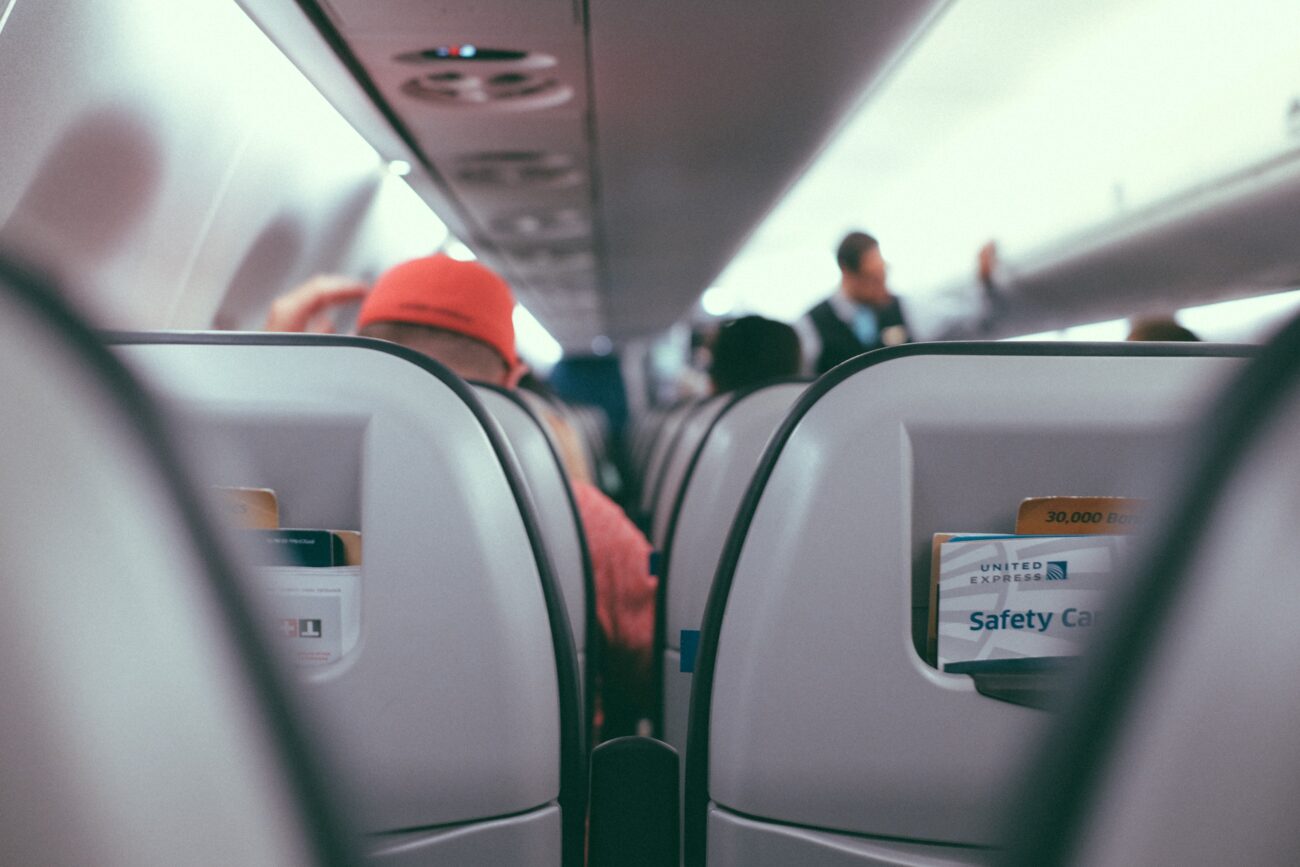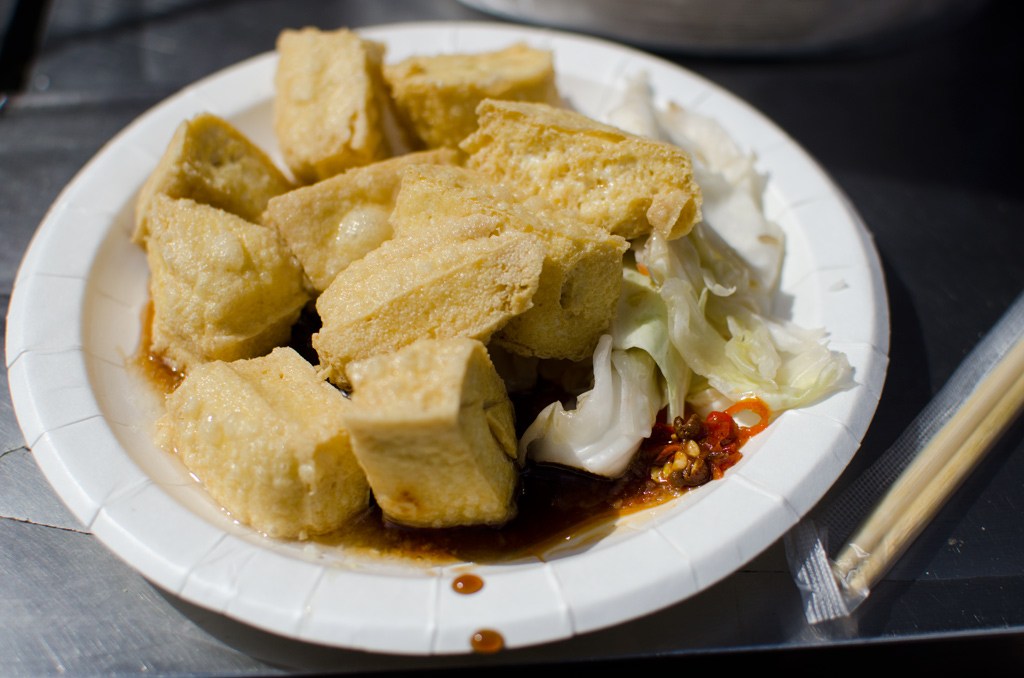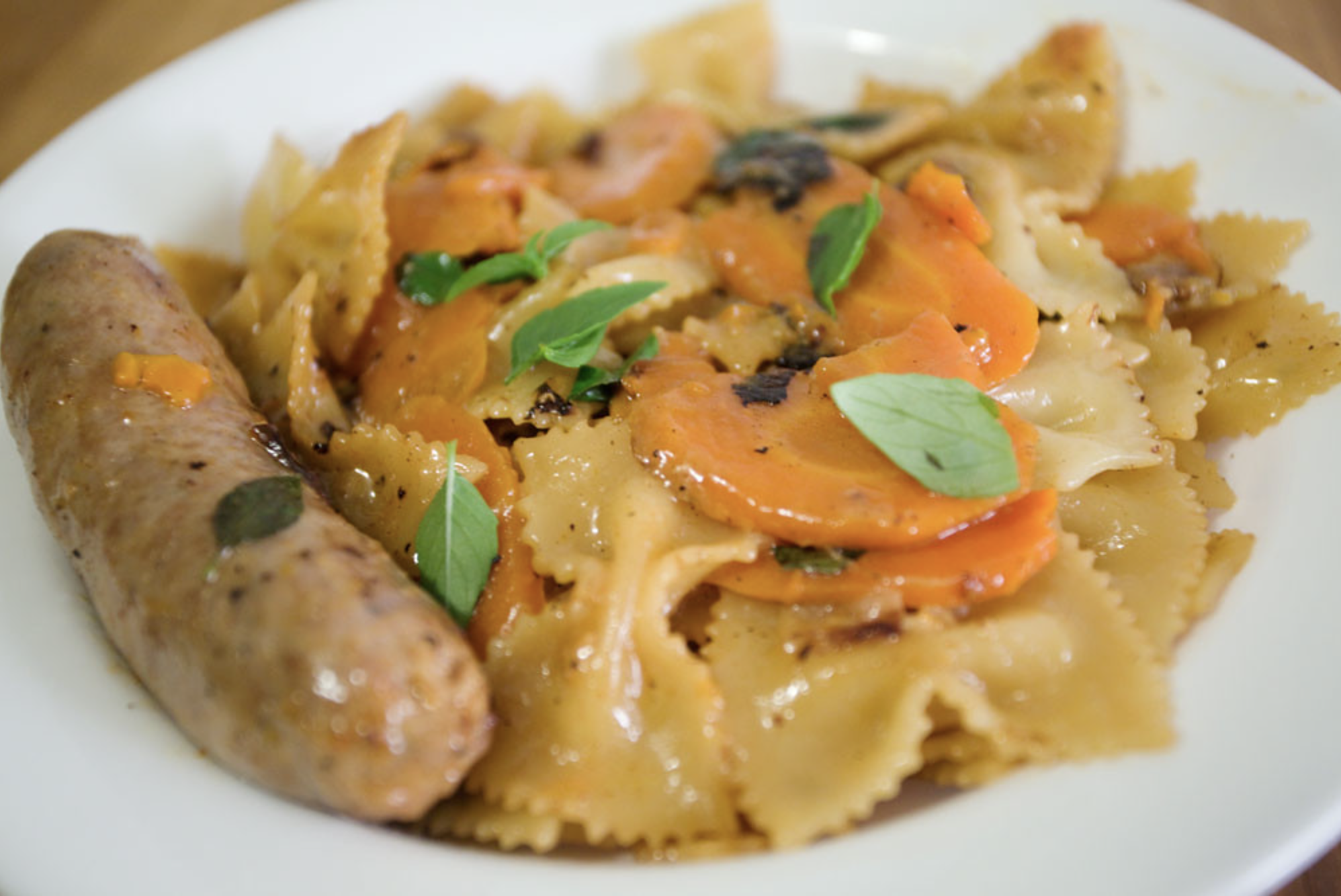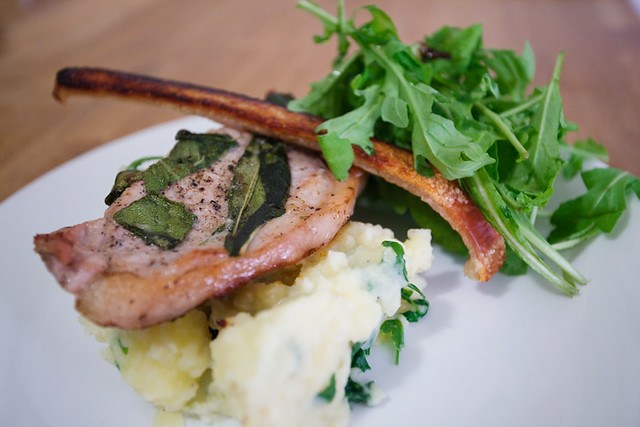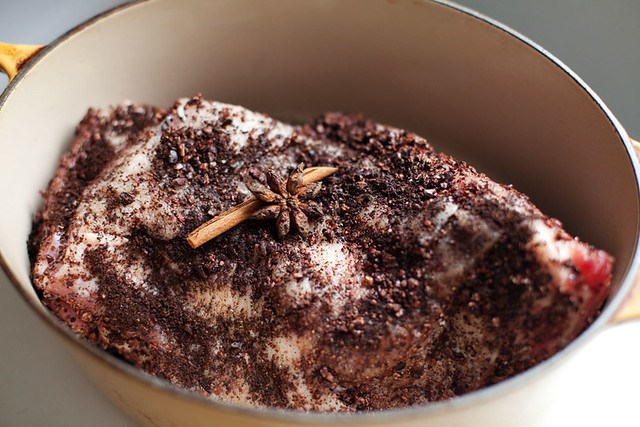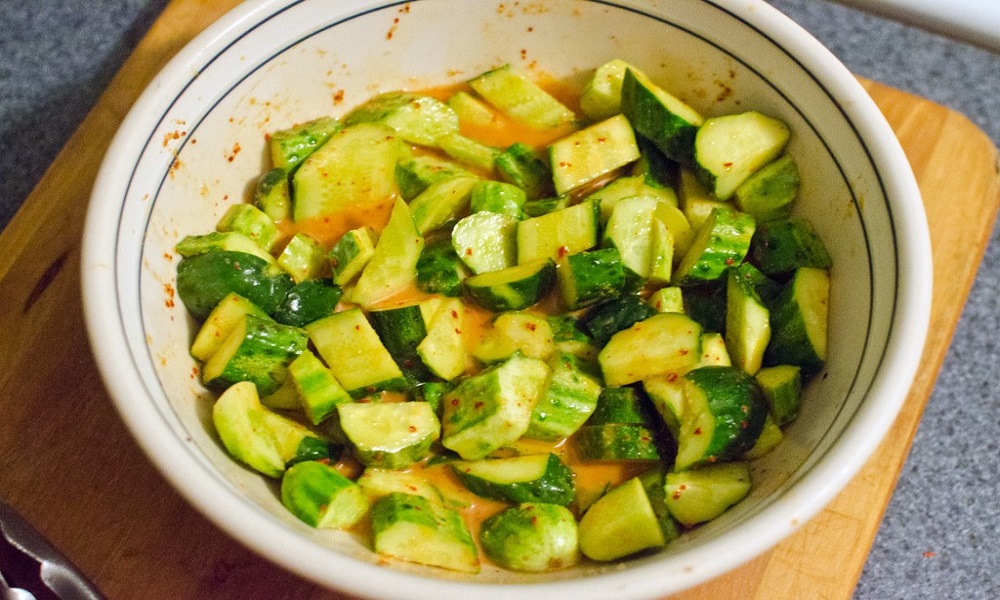Ed Kurtzman realized in February that his 18-year run was over. Trucking costs had doubled since he opened August West Winery at 495 Barneveld Avenue. Grapes arrived from Wine Country, glass came from warehouses in Benicia and Fairfield, finished wines shipped back to Napa for storage—every bottle a logistical nightmare that made less sense each year.
By July 2025, Kurtzman shuttered his facility, taking with it the final chapter of commercial winemaking in mainland San Francisco.
The Custom-Crush Model Crumbles
Nine displaced winemakers represent the end of San Francisco’s weekend warrior wine culture.
August West’s survival depended on custom-crush clients—winemakers without their own facilities who rented space and equipment. What started with 29 producers had withered to just nine by closure:
- Theopolis
- 1211
- Seamus
- Perfusion
- Grand Scheme
- DeMeo
- Arthur
- Hersly
- Fallon Place
These weren’t Napa Valley dynasties. They were San Francisco professionals who bought grapes from Wine Country but didn’t want to commute for harvest. “Weekend warriors smart enough to keep their day jobs,” Kurtzman called them.
Now they’re scattered, forced to find custom-crush arrangements in Wine Country or the East Bay—if they continue at all.
From 100 Wineries to Zero
The city that once housed California’s wine industry epicenter can’t support a single commercial operation.
San Francisco’s winemaking history spans 170 years, beginning with Gold Rush immigrants who established over 100 wineries south of Market Street by the early 1900s—more than Napa had. The 1906 earthquake destroyed that empire, with the California Wine Association alone losing 10 million gallons.
The modern revival began in the 1970s, peaked with Crushpad’s tech-savvy operation in Dogpatch during the 2000s, then gradually collapsed as economics shifted. Bluxome Street Wines, A.P. Vin, Harrington, Eristavi Winery—each closure brought Kurtzman more displaced clients, until he became the sole survivor.
“People have come and gone as they’ve realized it’s much harder to sell wine than it is to make wine,” Kurtzman observed. “Whether they gave it three years or 10 years, they just slowly faded away.”
Only Barbara Gratta remains, producing 400 cases annually from her Bayview garage-turned-facility—artisanal scale, not commercial crushing.
Kurtzman will continue making his August West and Sandler labels as a custom-crush client himself, somewhere outside the city. “I don’t blame them,” he said of those who quit. “For me, it’s my only career, so I’m sticking with it.”
The wines survive. The city’s winemaking identity doesn’t.

